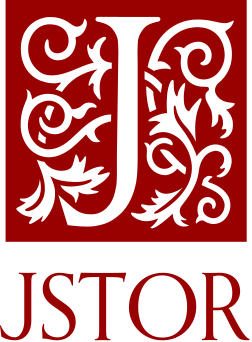Country
In Norman Tindale's estimation the Karendala had tribal lands of some 3,000 square miles (7,800 km2). These covered areas like Cooper Creek, and Durham Downs, and their northern limits lay around Mount Howitt. Their eastern frontier was at Plevna Downs, the McGregor Range, and in the vicinity of Eromanga.

Norman Barnett Tindale AO was an Australian anthropologist, archaeologist, entomologist and ethnologist.

The Cooper Creek is one of the most famous rivers in Australia because it was the site of the death of the explorers Burke and Wills in 1861. It is sometimes known as the Barcoo River from one of its tributaries and is one of three major Queensland river systems that flow into the Lake Eyre basin. The flow of the creek depends on monsoonal rains falling months earlier and many hundreds of kilometres away in eastern Queensland. At 1,300 kilometres (810 mi) in length it is the second longest inland river system in Australia after the Murray-Darling system.

Eromanga is a small town and locality in the Shire of Quilpie in South West Queensland, Australia. At the 2011 census, the locality of Eromanga had a population of 400. However, the town of Eromanga has a population averaging from 30-40.
This page is based on this
Wikipedia article Text is available under the
CC BY-SA 4.0 license; additional terms may apply.
Images, videos and audio are available under their respective licenses.
The Jupagalk were an indigenous Australian people of the State of Victoria. They may have been a Wergaia clan.
The Tulua were an indigenous Australian tribe of Queensland.
The Goeng or Goeng Goeng were an indigenous Australian tribe of the state of Queensland. They lived in the area of the area of present day Gladstone.
The Koinjmal (Guwinmal) were an indigenous Australian people of the state of Queensland.
The Yawarrawarrka were an in indigenous people of South Australia.
The Bitjara or Bithara were an indigenous people of the state of Queensland. They spoke a dialect of the Ngura language. They are not to be confused with the Warrego River Pitjara or the Badjiri of the Paroo River.
The Punthamara were an indigenous Australian people of the state of Queensland.
The Maikulan were an indigenous Australian people of the state of Queensland. They have sometimes been confused with the Maithakari.
The Maikathari (Mayi-Thakurti) were an indigenous Australian people of the state of Queensland.
The Maijabi (Mayi-Yapi) were an indigenous Australian people of the state of Queensland.
The Kareldi were one or two indigenous Australian people of the state of Queensland. There were two groups that went by this name, the Garandi (Karandi) and the Kuthant. It's not clear if they constituted a single people or spoke the same language.
The Julaolinja were an indigenous Australian people of the state of Queensland.
The Yagalingu were an indigenous Australian people of the state of Queensland.
Their language may have been a dialect of Bidjara.
The Kunggara, also known as Kuritjara, are an indigenous Australian people of the southern Cape York Peninsula in Queensland.
The Marulta were an indigenous Australian people of the state of Queensland.
The Kaiabara were an indigenous Australian people of the state of Queensland. Rasther than an independent tribe, they may have been a horde of the Gubbi Gubbi.
The Ngulungbara were an indigenous Australian people or clan of the state of Queensland.
The Kokomini (Gugumini) are reported to have been an indigenous Australian people of the state of Queensland, though some indications suggest the term may refer to a loose confederation of tribal groups.
The Paaruntyi are an indigenous Australian people of the state of New South Wales. They are not to be confused with the Parrintyi.
The Karangura were an indigenous Australian people of South Australia.





